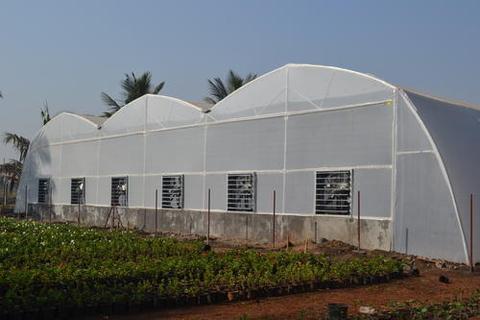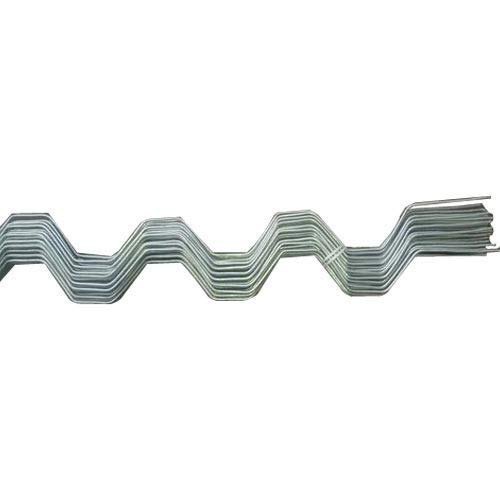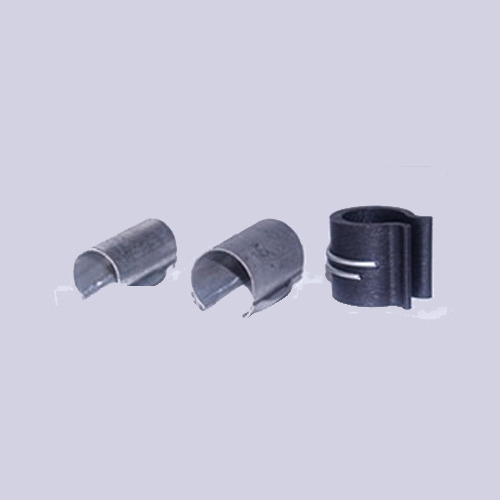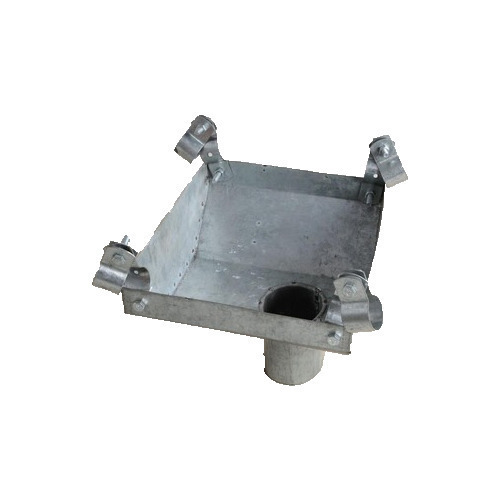Polyhouse agriculture is the cultivation of crops under complete control of environmental conditions like temperature, humidity with an automated system. Every crop has a specific set of climatic conditions in which it is cultivated. Therefore, the crops are divided based on climatic constraints. But, keeping note of today’s unseasonal climatic occurrences, growing crops under a stabilized condition is becoming harder. Polyhouse Agriculture is used to treat the crops under a stabilized and controlled temperature, humidity, and climate of the crop’s surroundings.
As the climate and the environmental constraints are reduced in the case of a polyhouse Cultivation, crops can be grown at any time or any point of the year without any fear of damage.
Vegetables and flowers, which are mostly grown in Polyhouse give a good yield and it was found that there were a smaller number of instances where the plant was subjected to a transplant shock, which happens due to the uneven condition of the environment.
Transplanting becomes less risky when it is done under a greenhouse/ polyhouse and all the plants will grow uniformly.
It happens that the UV rays, excessive rains, and frost cause degradation of the crop by any means. UV rays deteriorate the plant’s ability to photosynthesize and cause reduced stomatal-conductance, Leaf area and wholly decrease the rate of maturation and yield.
In the Polyhouse cultivation, the natural light is blocked by the usage of the cover with a UV filter and shade nets. This helps in the obstruction of excessive light which can minimize the yield. These also help in shading the crops from frosting on them and the water supply can be controlled.
The Irrigation used in the Polyhouse is mostly drip or sprinkler techniques. The former transport the water directly to the roots and the latter sprays the water onto the plants/crops uniformly.
As every condition of the crop is controlled, the fertilization becomes very easy and there is very little chance of pests as the crops are mostly in an isolated condition.

The construction and the scale of polyhouse depend upon the scale of the crops and the cost type one wants to invest in and can be differentiated as
The Irrigation used in the Polyhouse is mostly drip or sprinkler techniques. The former transport the water directly to the roots and the latter sprays the water onto the plants/crops uniformly.
As every condition of the crop is controlled, the fertilization becomes very easy and there is very little chance of pests as the crops are mostly in an isolated condition.
Poly house materials are often used as accessories to fix the poly house units together. Some of the accessories are also used for irrigation, holding the plants together, etc. Some of the government schemes and subsidies have increased the use of polyhouses for the cultivation of crops in a controlled environment. Polyhouses have gained popularity because of their low installation charges and easy-to-build and maintain poly house materials and accessories.
Below are some of the polyhouse materials and accessories that are commonly used in poly houses.
Foundation pipes are usually 3 mm in Thickness, while other columns and poly house bottom pipes have 2mm Thickness as per poly house subsidy terms.


C type profiles used in building poly houses are made from Alloy GI Profile & Aluminum profile poly house materials. These are highly tensile with lightweight (approx. 220-250 gm/meters) smooth edges, curve bottoms.
Self-Drilling screws are used to fix the full length of the profile at every 40 cm.
Zig Zag Springs are used to connect and fix the poly house materials together.

Two types of angle brackets are used to fix polyhouse structures.

It is a useful bracket for outer side bottom pipe fixing.it is part of poly house material.
It is a useful bracket for all columns to big arc & small arc to link. It fixes with bolts & nuts, it is used for mostly area shape of poly house structure as per polyhouse subsidy.it is part of poly house material.


Half clamps connect two purlin pipes or two other pipes in a poly house.
Polyhouse clamps connect column pipes to hockey pipes as per poly house requirements.


Polyhouse Curtain Clamps hold the curtains together.
Universal Joints are used for curtain sides to move them up and down.


We offer a famous range of Polyhouse GI Gutter Sheets for the top side in two arcs. It is useful for the water drain system and stores the water in a farm pond. it is part of poly house material.
Full range Net Pulleys are used for sliding the shade nets across for increasing or decreasing the crop shades.


Used to divert rainwater from overshooting inside corners on poly house gutter sheet. Fits directly to the top of the box piece or can be used in a problem area where rainwater overshoots the Polyhouse funnel.
We are offering a distinguished range of Polyhouse Curtain Gear Systems that are used for all side curtains up and down. This is for easy-to-use and eco-friendly systems.


As the name indicates Weed mate and ground mate is poly house material that is used in polyhouse crop weed control.
Trellising is used to increase production and decrease diseases from ground insects in vegetable and fruit plants by keeping them off the ground in poly houses, shade net houses, and Open-field productions. Trellising accessories include white Nylon & Synthetic Ropes which are used along with tomato clips to help hold up the plants.
Plant Supporting Threads are used to tie polyhouse plants and vines to support and hold together.


Even though it says tomato clip, these can be used to support any plants such as Cucumber, Tomato, Capsicum, etc. for supporting the plants inside the Poly house and Shade Net house.
J hooks to support Cucumber, Tomato, and Capsicum plants that grow under the Polyhouse/Greenhouse & Shade net houses

Profit-making is the most important aspect of the farming industry. Many farmers sell their crops at a very marginal profit or sometimes even at a deficit rate. Even though the quality of the product isn’t the whole, if the crop is harvested to its full potential, a farmer can profit off from his crop. Polyhouse construction can take a lot of investment but has the potential to surely pay off in multiples by the end. Farmers can grow the most demanded crop irrespective of the year and harvest it and sell it whenever a farmer wants. This helps them bring a greater annual profit and a polyhouse has already helped many farmers in the country with seeing profits while it can help many more in the long run. It is possible with the help of the best polyhouse manufacturers.
IDEAL AGRO TEXTILES are one of the leading manufacturers of Polyhouse equipment. It is a Hyderabad-based group of companies specializing in agri-tech products and located in different cities. Agro shade provides customizable sized netting on request. For more information contact us at Ph: 040-27753333 / 27951759 Fax:040-27757767.
The basic appearance of the polyhouse model is similar to Greenhouse where HDPE net/cover is used to cover the crops from the outside environment and let them isolate in controlled surroundings. The cover is supported by an extensive foundation made of Galvanized Iron pipers, curtaining the whole area. The screened filters help stop the UV rays from falling on the crops which could potentially damage them. Even though Polyhouse is a category of a greenhouse, it is a smaller or a miniature version of a greenhouse that is used for small-scale commercial crops. Polyhouse needs skilled labor, who are familiar with controlling the whole system. Many farmers in India don’t have the necessary skilled labor. But, with the ongoing trends, many farmers are switching to the modern age farming techniques where the cropping is done using advanced techniques and well-equipped machines.